When Skyward Sword was originally released back in 2011, the game was praised for its innovative use of motion controls, beautiful art style, and creative level design. Ironically, 10 years later, those seem to be the strongest points of criticism when looking back at how it has aged over time.
The Wii’s motion controls are often unreliable when compared to the gyroscope counterpart that’s now more common, the graphics back then look muddy next to today’s standards, and after playing Breath of the Wild, Skyward Sword’s linear level design could arguably be seen as a negative.
It’s a shame that some of Skyward Sword’s most talked-about strengths at the time of its release didn’t end up aging well. So many other elements truly shine and make it a standout game in the series, and those are the things that deserve to be talked about when discussing the game.
That’s why I was delighted to find that Skyward Sword HD improves upon nearly every part of the original game that had not aged so gracefully. Although there are still some minor aspects that don’t feel up to par with the standards of a Legend of Zelda game, the outstanding moments of Skyward Sword HD easily make up for it.
Skyward Sword HD is a must-play for any Zelda fan.
It is the first game in the series chronologically and it tells us the story of how the legend came to be. Zelda isn’t a princess yet; she’s the daughter of the school headmaster. Link isn’t a hero yet; he’s a friend to Zelda and a knight in training. There’s no Master Sword or Ganon just yet. This is where it all began.
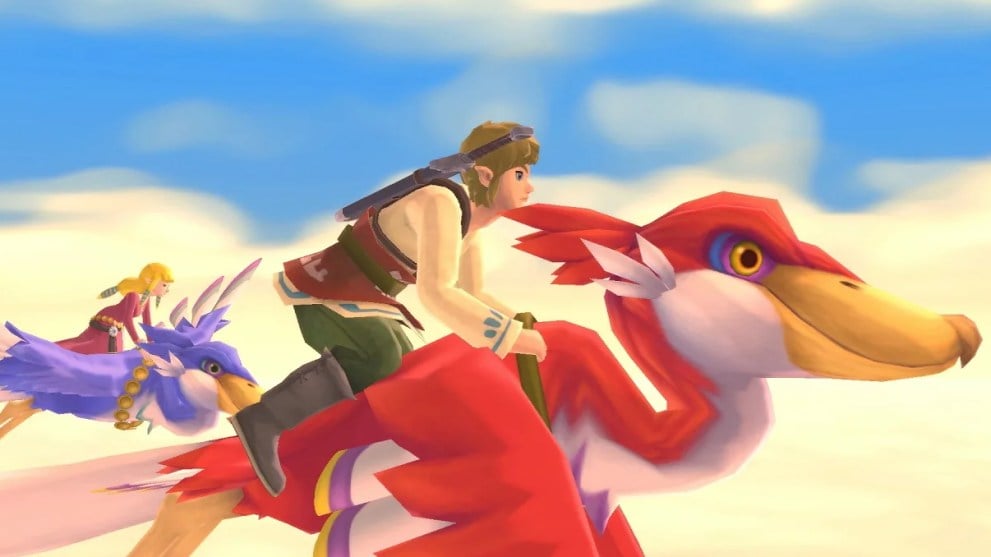
Instead of taking place in Hyrule, Link and Zelda live up in the sky on a floating island called Skyloft. Nobody who lives there has ever gone under the clouds to the surface below. Link and Zelda are friends bound by fate, and after a lengthy introduction, Link ventures to the surface for the very first time.
There is only a small handful of unique regions to visit on the surface, but each one is incredibly inspired. Zelda games tend to have the traditional “forest area,” “volcano area,” and “desert area,” and although these are the three main regions in Skyward Sword HD, they feel remarkably distinct and special compared to their counterparts in other games. There’s a real sense of quality over quantity here.
If dungeons in Zelda games are important to you, Skyward Sword HD offers some of the best in the series. Nearly all of them are memorable and have story significance. Instead of just being a random temple in the middle of the region, the dungeons here tend to have some sort of greater purpose, which makes the world feel believable. You’ll find yourself trekking through an ancient mining facility and a giant pirate ship, for example.
Skyward Sword isn’t afraid to do something new. Each region introduces you to brand-new species, like the Kikwi and the Mogma, who help you on your quest.
Many of the items you’ll find along your adventure aren’t just a first in the series but are completely unique to the game. There are plenty of cool, new gadgets for Link to use here that I hope will make an appearance in a future Zelda game. Personally, my favorite is the Beetle device that you can pilot over distances to scout ahead and pick up objects.
I think a lot of the novelty of Skyward Sword HD stems from the fact that it was originally a Wii game, so many of the mechanics and puzzles are clearly inspired by the motion controls of that console.
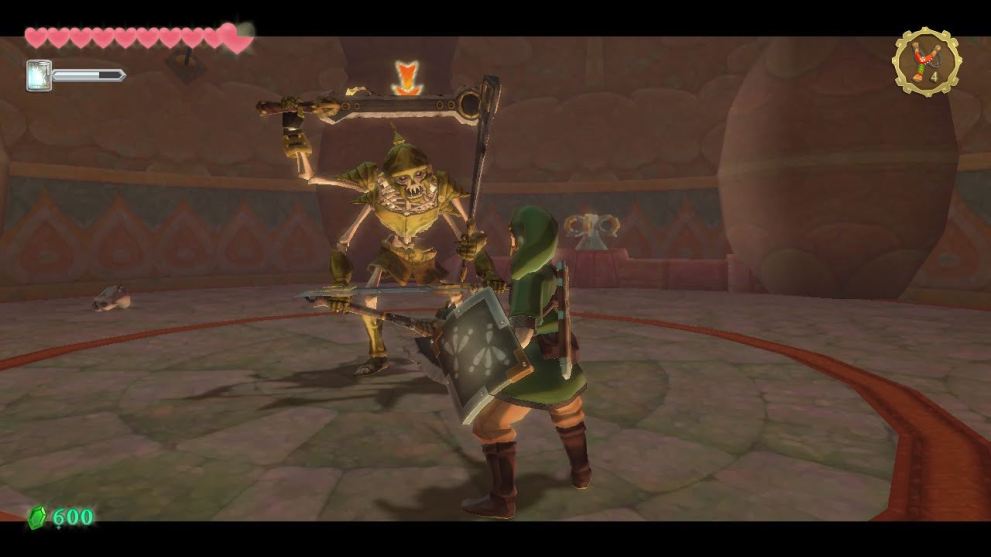
This time, though, motion controls aren’t mandatory. The remaster adds new control schemes, making it possible to play the entire game with button controls using Joy-Con, a Pro Controller, or handheld mode. These controls are done very well and are an acceptable way to play the game. This makes it much more accessible to players who prefer or even need them.
The art style looks beautiful in Skyward Sword HD. The graphics no longer look muddy like they did on the Wii, but instead, look like a painting in motion. The colors are vivid and pleasing to look at. I wish they had improved the textures to make them more detailed in some places, but the style works well as it is.
One of the other annoyances in the original release was that the game felt like it wasted your time by slowing you down unnecessarily. One example of this is Link’s companion Fi and how she would constantly interrupt to offer advice. This has been greatly reduced in the remaster; Fi will still offer help, but typically only when you call for her.
Also new to the remaster, you can skip cutscenes and speed through text boxes faster if you choose to do so. The game progression is considerably faster because of these improvements.
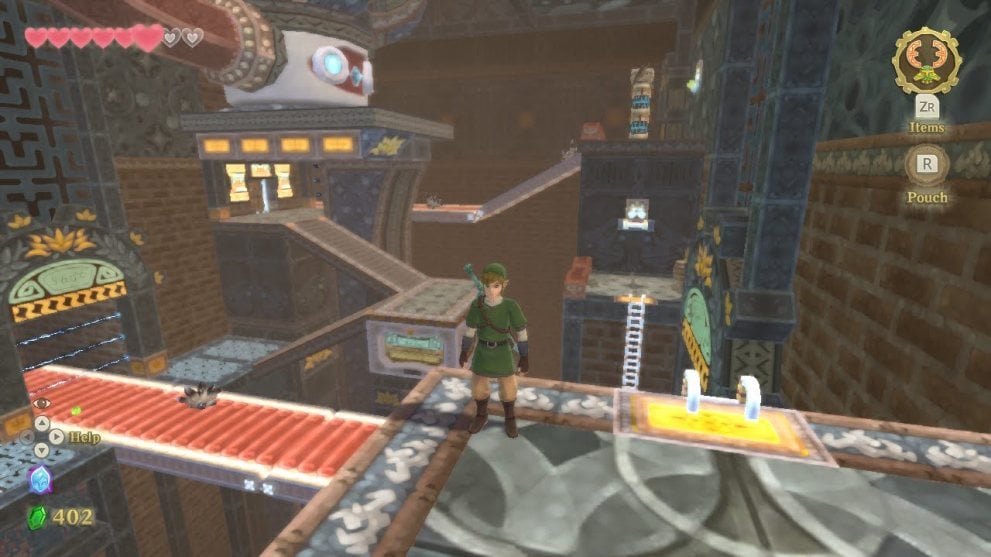
There are still a few ways that Skyward Sword somewhat wastes your time that the remaster did not fix, however.
For example, there is a lot of backtracking throughout the adventure, including going back into the first dungeon later in the game just to get some special water. In fact, there’s quite a lot of backtracking to the same areas multiple times. Those creative, inspired regions begin to feel a bit worn after the third or fourth visit, even when the objective is something different.
There are a few instances of fighting the same bosses over again, doing the same exact Silent Realm quest in each of the regions, and even one pointless task in which the only reward is a remark from Fi saying “there’s nothing here for us to do; let’s go back.”
I also wish there was a true fast travel mechanic in the game. I’m not talking about the amiibo function; I longed for a way to instantly zip from one region to another, or from one bird statue save point to another, without needing to spend time flying in an empty sky to my destination. Even speeding up the flying mechanic would have been appreciated.
That being said, these are minor annoyances in the grand scheme of the game. If anything, these parts only felt slow because I wanted to hurry up and get to the best parts of the game faster.
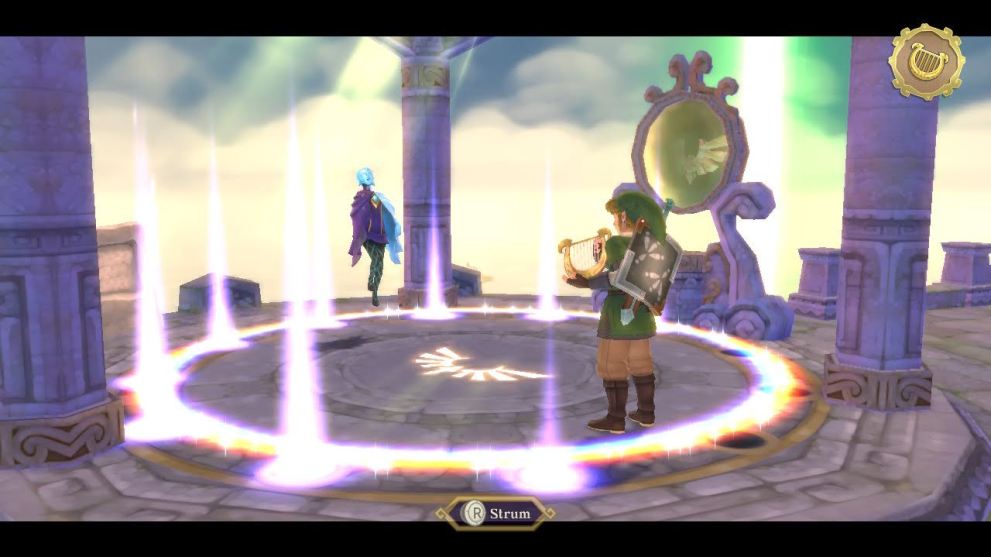
Skyward Sword HD feels like the game that should have been released on the Wii a decade ago. But I don’t say that in a bad way; while the original had some growing pains, it all makes sense in hindsight.
It wasn’t until I revisited Skyward Sword in its new HD version that I realized that the game experimented with so many ideas that Breath of the Wild would later improve upon. In a way, it’s kind of hard to go back to these mechanics in their original form.
There is a multitude of examples of what Skyward Sword did first that Breath of the Wild did better: the stamina meter, gear upgrades, shield durability, climbing, the sailcloth, and even enemy difficulty indicated by color.
It makes me wish that some more changes were made to these things to make them more on par with how Breath of the Wild handled them. There were times during Skyward Sword HD that I wished I could permanently increase my stamina meter. I occasionally felt frustrated that I couldn’t climb any cliff I saw. It annoyed me that the sailcloth only allowed me to fall straight down instead of glide exactly where I wanted to go.
As a series veteran, I readjusted to pre-Breath of the Wild mechanics quickly, but it makes me wonder how Skyward Sword HD will feel to those whose first Zelda game was Breath of the Wild.
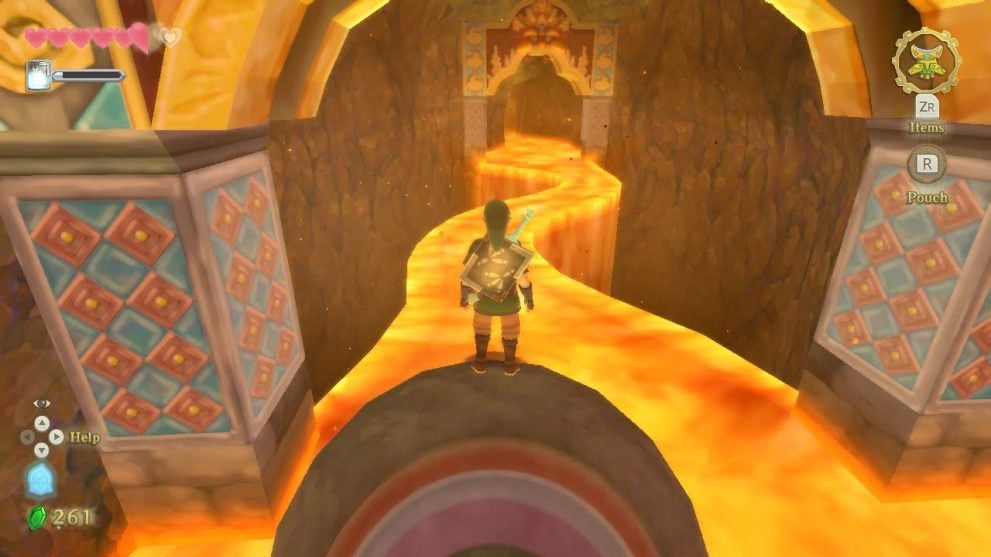
Another thing about Skyward Sword that new Zelda fans will have to adjust to is the lack of an open world. The sky is somewhat open to explore, but there isn’t much to do from the start until you unlock things as the story progresses.
This isn’t a bad thing, and it’s fairly standard for most 3D Zelda games. In fact, while the story progression is linear, there’s still a sense of exploration. During your journey, you’ll see treasures that are just out of your reach that you can only get to once you come back later with new items.
And of course, Skyward Sword HD offers plenty of side quests and mini-games that are well worth completing. Not only do they offer helpful items and upgrades to make your adventure a bit easier, but many of them are downright fun.
The last thing about Skyward Sword HD to discuss is the story. It’s very easily the best story of any Legend of Zelda game. The characters are likable and well-written, and there are cutscenes with Zelda that will fill you with emotion. Basically, the story here is “required reading” for any fan of the franchise. The pacing could have been better, though; the plot develops most in the very beginning and the very end, but not so much in the middle.
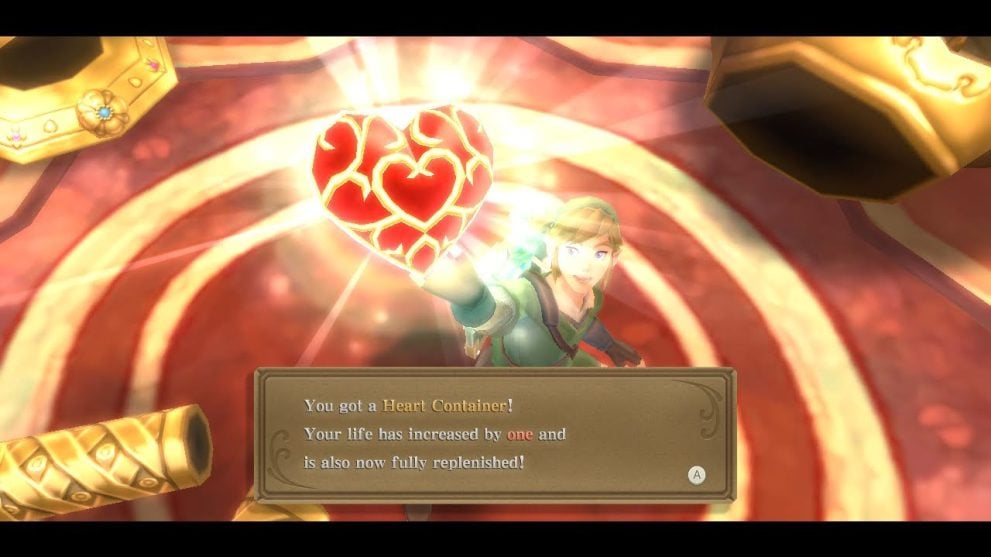
If you tried Skyward Sword on the Wii and it didn’t click with you, but you’re generally a fan of other Zelda games, give this remaster a chance. The efforts and changes here make it worth revisiting.
If you enjoyed Skyward Sword when it came out 10 years ago and want to experience it again, you should know that there isn’t any new content besides additional control options and quality of life improvements, but it’s still your Zelda that you know and love.
If you’ve only played Breath of the Wild and are looking for a new Zelda adventure, keep an open mind with Skyward Sword HD. Go into it knowing that it’s at the opposite end of the spectrum as far as Zelda games go. You’ll notice the parts that Breath of the Wild improved upon, and you’ll get a taste of traditional Zelda.
Skyward Sword was in need of this remaster, and Nintendo handled it with care. Now that its greatest weaknesses have been addressed, it’s finally time for the discussion to turn to what makes this game so special and a standout title in the series. I hope that many more future Zelda games will continue to be inspired by Skyward Sword HD’s strengths.
- Plenty of control options, including traditional button controls that all types of players will enjoy.
- Some of the best dungeons and items of any Zelda game.
- Best story of any Zelda game.
- Game is sped up considerably from original release.
- Other quality of life improvements you'd expect from a remaster.
- Many repetitive quests and fights feel like a chore by the end.
- Although the quality of the regions is great, there aren't many of them to explore.
- Story pacing could be better.

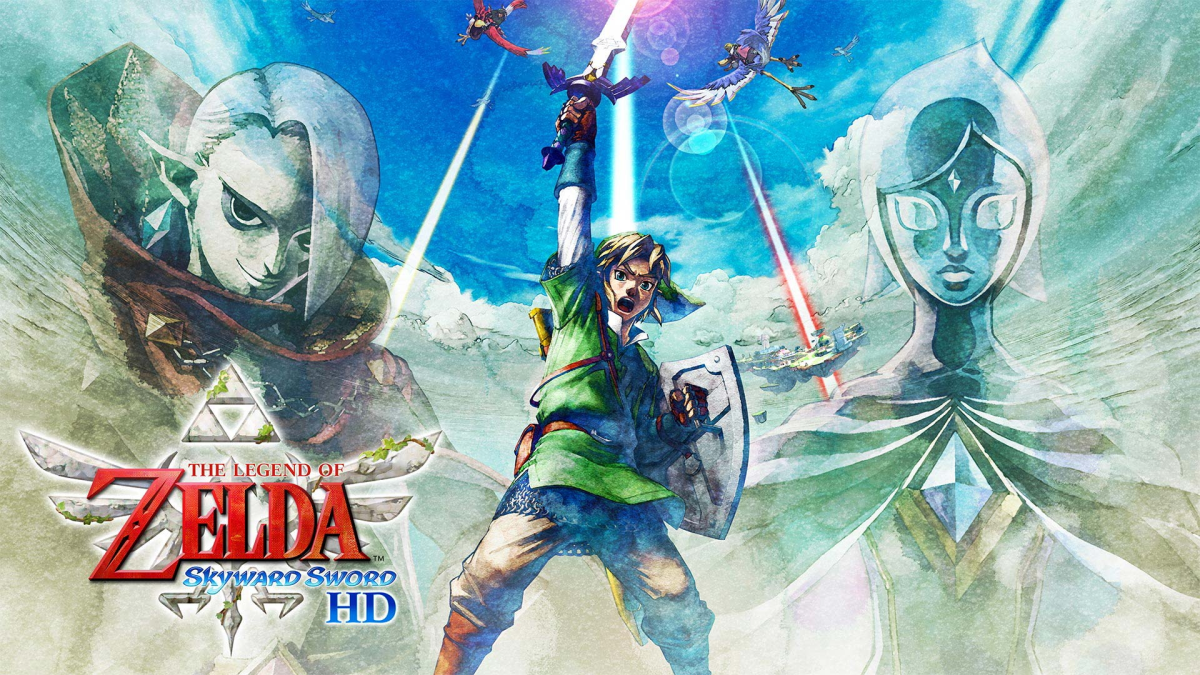

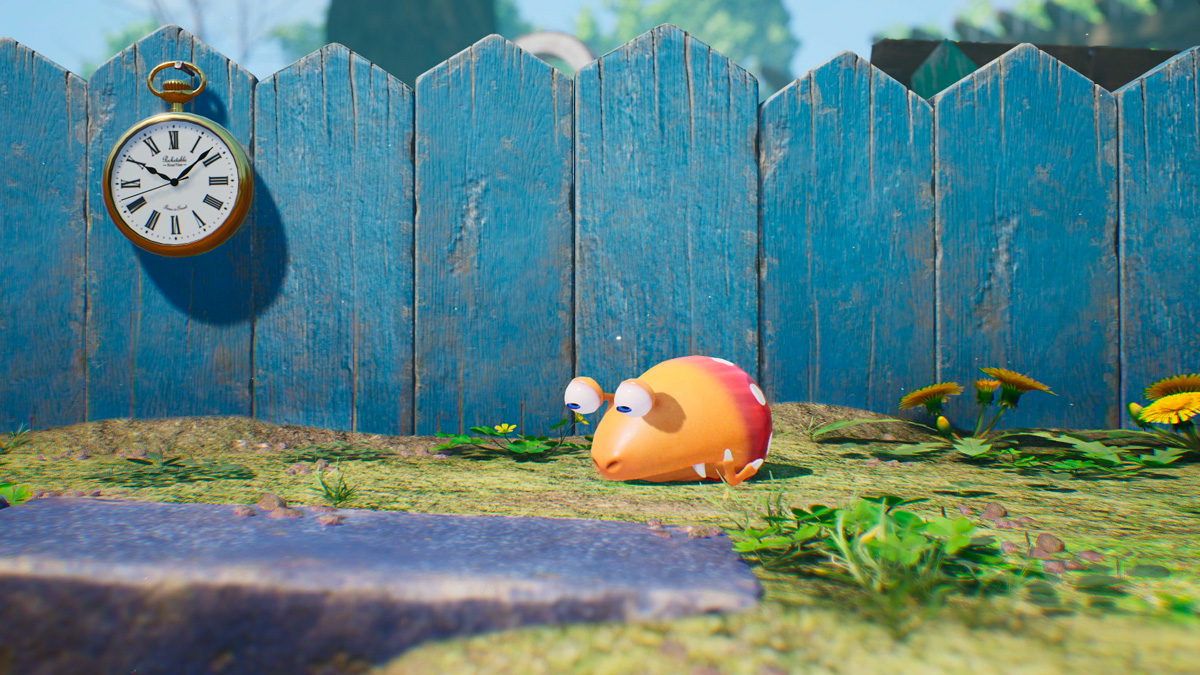

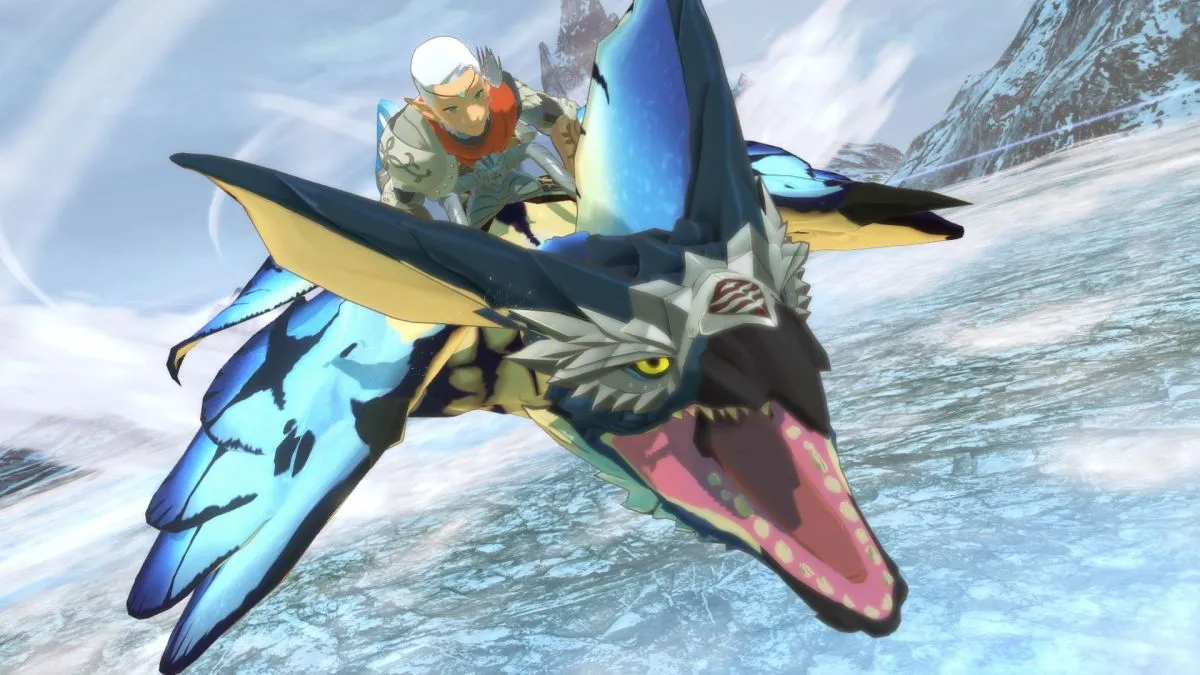
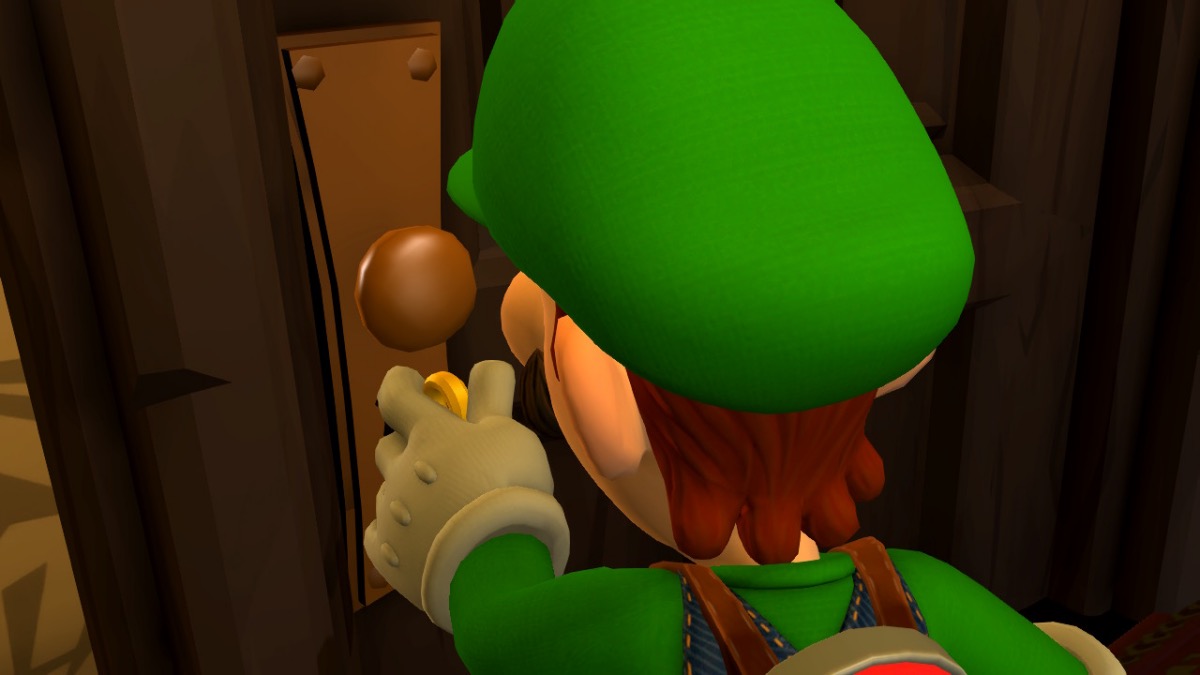

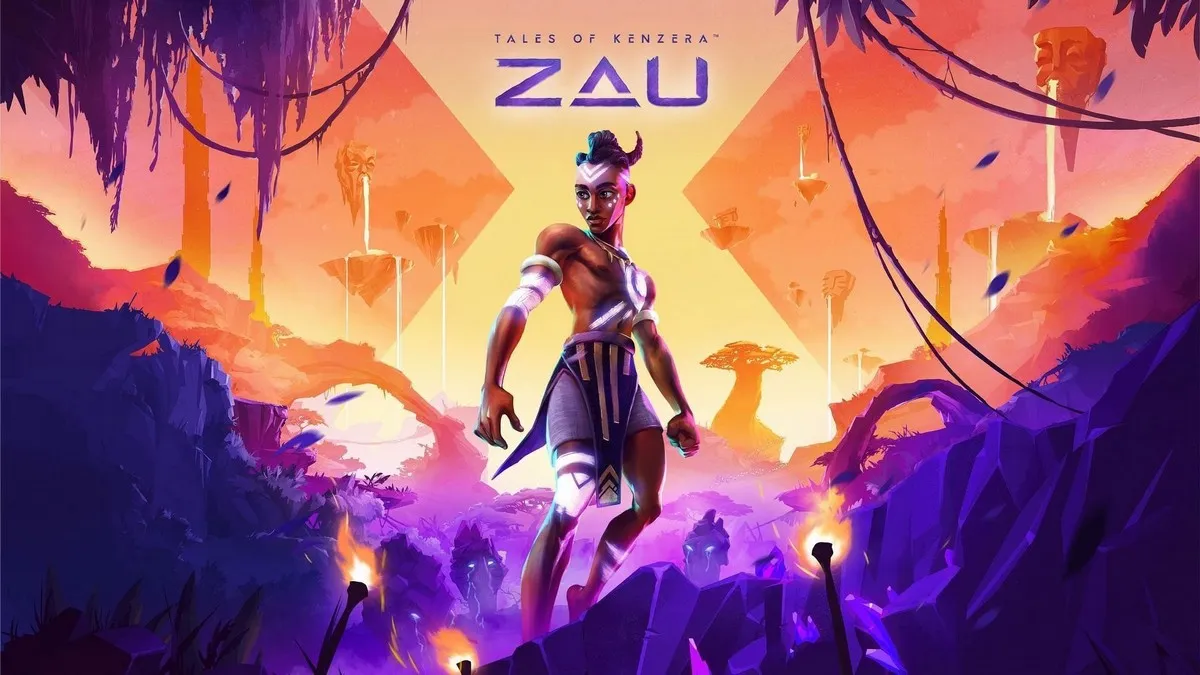
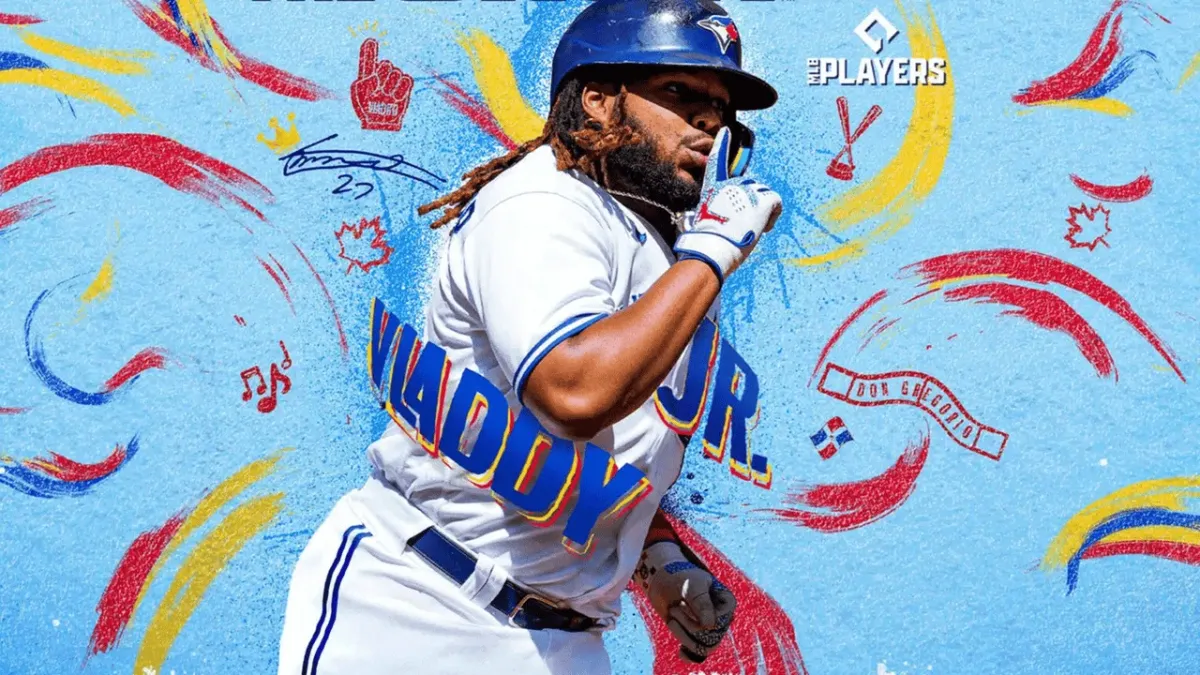


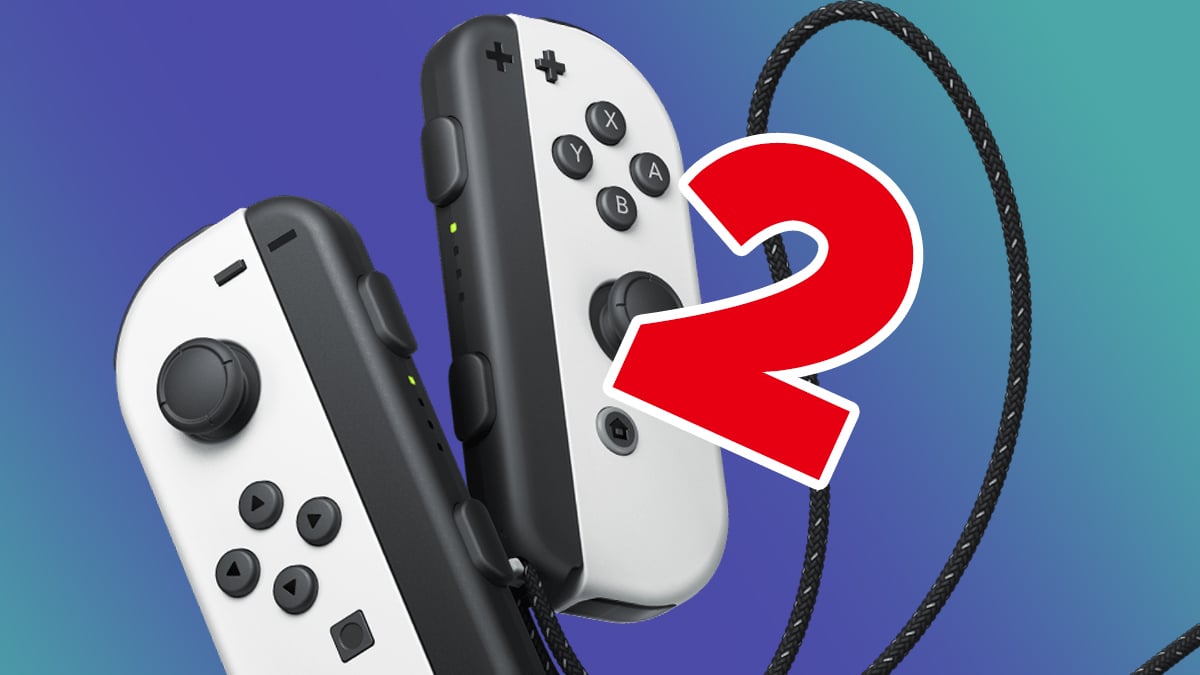
Updated: Jul 19, 2021 01:51 pm